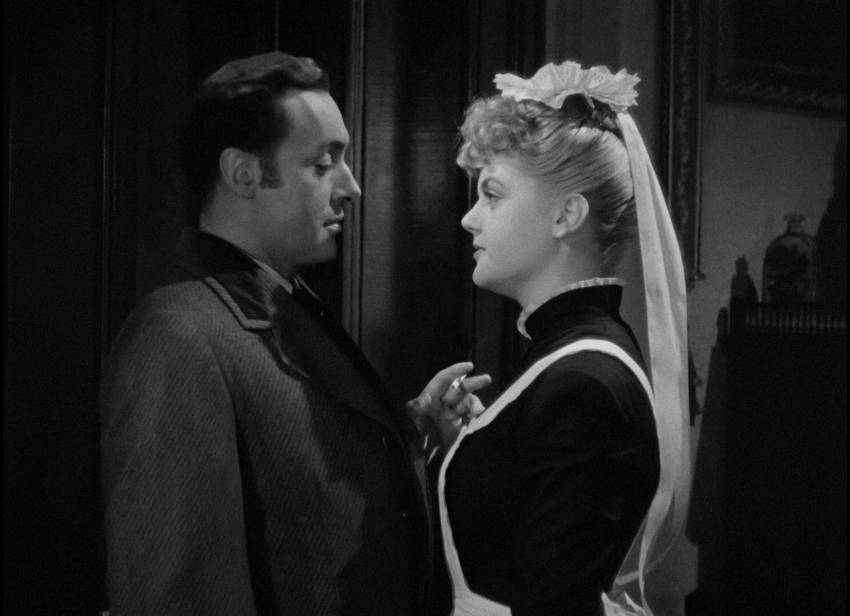

It feels Hitchcock-esque and shares a number of motifs as his 1940 film Rebecca. Also standing out is the cinematography by Joseph Ruttenberg which creates a real sense of paranoia through the film. It is a dark setting with strong usage of shadows and lighting is powerfully used throughout in creating a tone throughout. The film may not fall into the traditional pantheon of film noir, however style wise the film has a very similar feel. Boyer too, hits all the right notes as the monstrous manipulator throughout the story.

Without this, the film could have easily been far less impactful.

Bergman’s precision in her performance is highly skilled avoiding any risk of appearing manic, and creating a highly believable and sympathetic character. Gregory’s control is unrelenting, and the emotional impact of both Boyer’s and Bergman’s performance in the film remain, with a large part of the film feeling uncomfortable and concerning. What then begins is a pattern of manipulation as Gregory begins to convince Paula that she is slowly losing her mind as he takes increasing control of their lives and restricts her ability to see anyone else. After meeting Gregory (Charles Boyer), they marry and return to her home in London which had been the scene of the murder. In the film Ingrid Bergman plays Paula Alquist, the young niece of a murdered music star whose unsolved murder led to Paula moving to Italy. The word ‘gaslighting’ has now become a synonym for manipulation and deceit, even finding its way into the world of political discourse in recent years, all originating from the 1944 film title (and the source play from 1938 by Patrick Hamilton). Ingrid Bergman delivers a career performance in the 1944 George Cukor classic thriller about manipulation and deceit


 0 kommentar(er)
0 kommentar(er)
